In the present day, Morzine is a well known tourist destination and ski resort town where visitors can enjoy a wide range of mountain activities, panoramic views, and an ever increasing number of restaurants and hotels.
It has an estimated year round population of around 3,000 people with thousands more moving to the area for seasonal work predominantly in the winter months of the ski season, where an estimated 900,000 British tourists come to enjoy the snow. With the areas popularity continuing to grow in summer also, and visitor numbers continuing to rise, Morzine continues to expand to meet this demand. It is clear that the town will continue to thrive as a mountain resort for the foreseeable future, but Morzine hasn’t always been a tourist town. So where did it all start?
St Jean D’Aulps and the Abbey
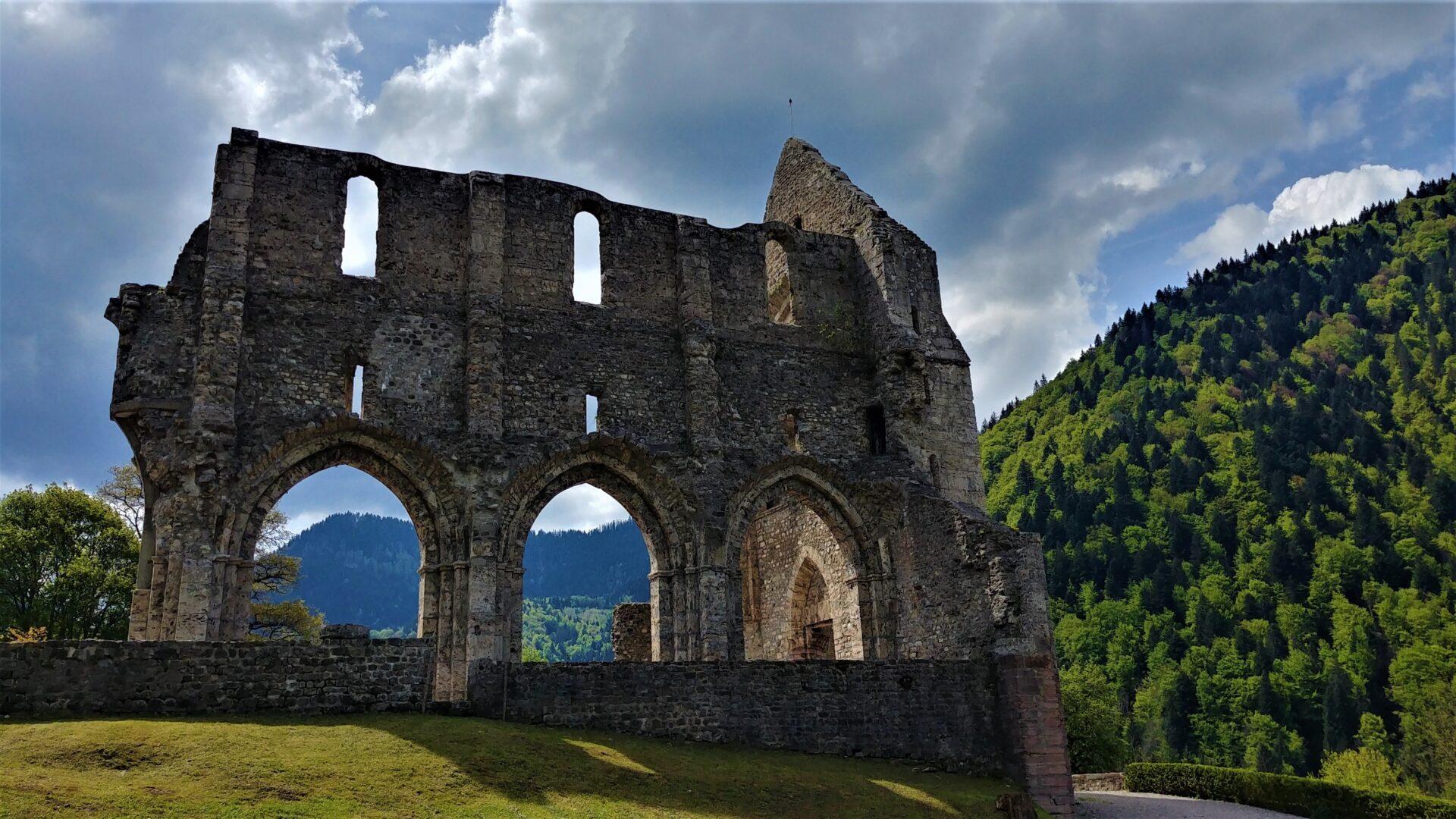
The beginnings of Morzine can be traced back to the neighbouring town of Saint-Jean-D’Aulps, where the Cistercian monastery known locally as the Abbey is located.
This Abbey dates back to the late 11th century. In the Middle Ages monasteries such as this one laid claim to nearby areas of land which were called granges. These were agricultural centres from which the monks exploited their landscape and co-ordinated farming and industrial work, and this was what the nearby area that Morzine now covers was used for at the time. Towards the end of 17th century the French invaded the Savoy and drove out the last of the monks from the abbey.
SLATE MINING IN THE INDUSTRIAL REVOLUTION
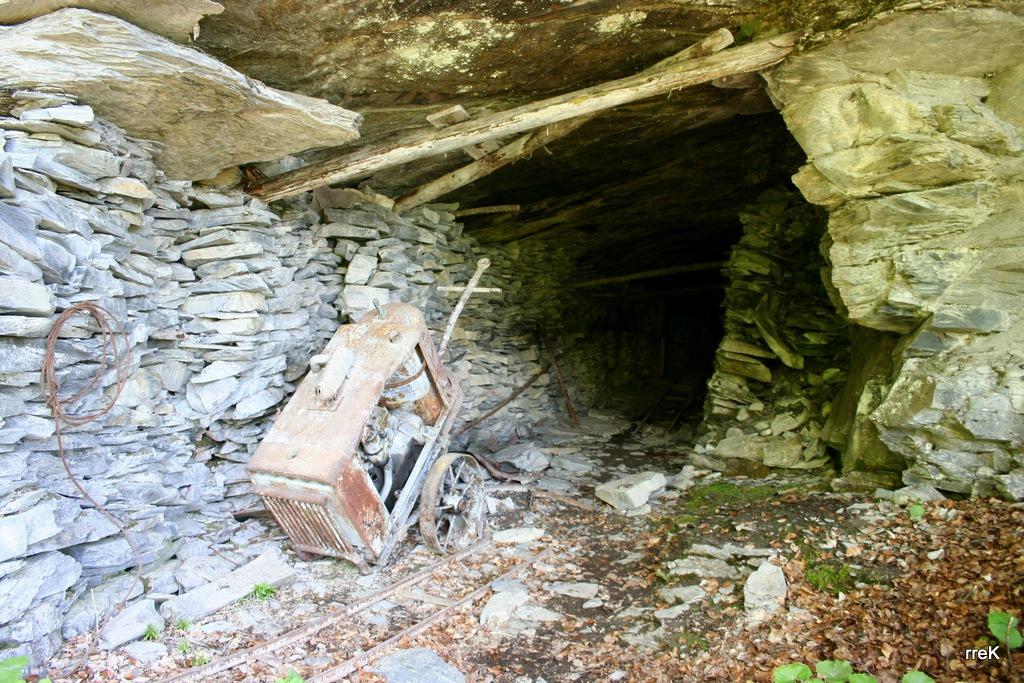
The next chapter in Morzines history was driven by slate mining in the area during the industrial revolution.
Slate mines were dug into the surrounding cliff faces and can still be seen in the cliffs on the way to Prodains. The slate produced was sold in nearby towns, mainly Thonon and Taninges. When a road was constructed between Morzine and Thonon in 1862 allowing far more slate to be moved down to the larger town to be sold, profits within the industry boomed. Slate mining was the main economic activity in the town until tourism took over around 1930.
THE ARRIVAL OF SKIING AND THE SECOND WORLD WAR
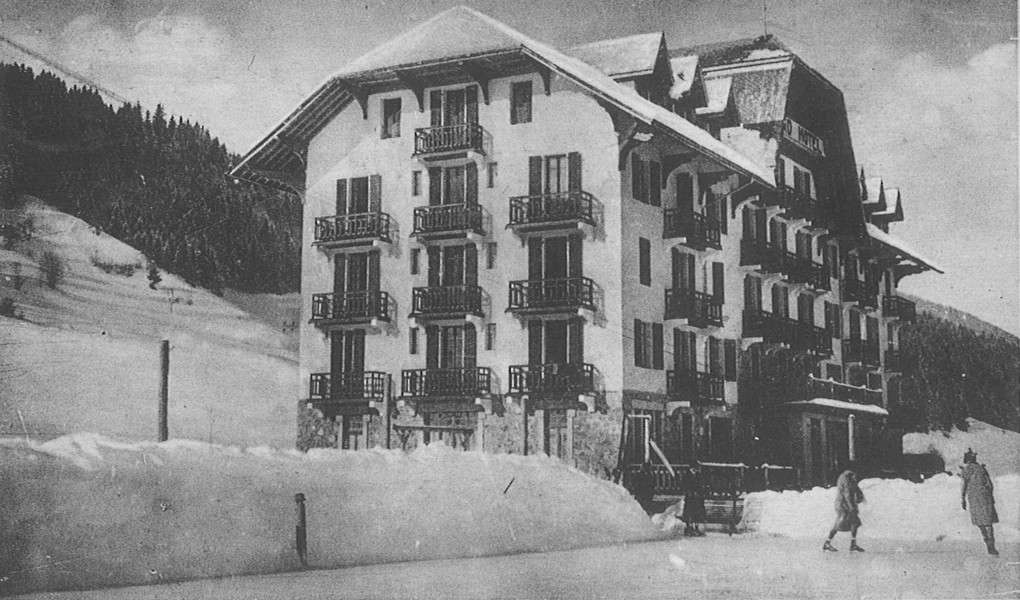
Morzines identity as a skiing town began with Francois Baud, who built the first hotel named The Grand Hotel in the town at the foot of the Pleney mountain in 1925.
Ski runs followed and by 1934 the Pleney lift was built. When the second world war began, this new development of skiing in the town came to a stop as Morzine was occupied by the Nazis. During the occupation resistance fighters used their local knowledge of the surrounding mountains to evade and strike German forces in the area. Col du Cou was used as a gateway across the border into Switzerland and regularly patrolled by German forces in an attempt to stop resistance fighters smuggling weapons and goods into France, and Jews escaping to the safety of the neutral country.
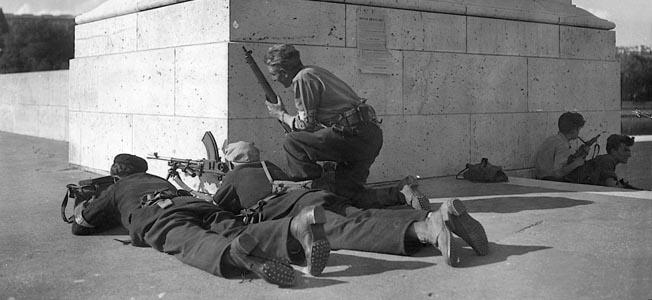
THE END OF THE WAR AND THE SKIING BOOM
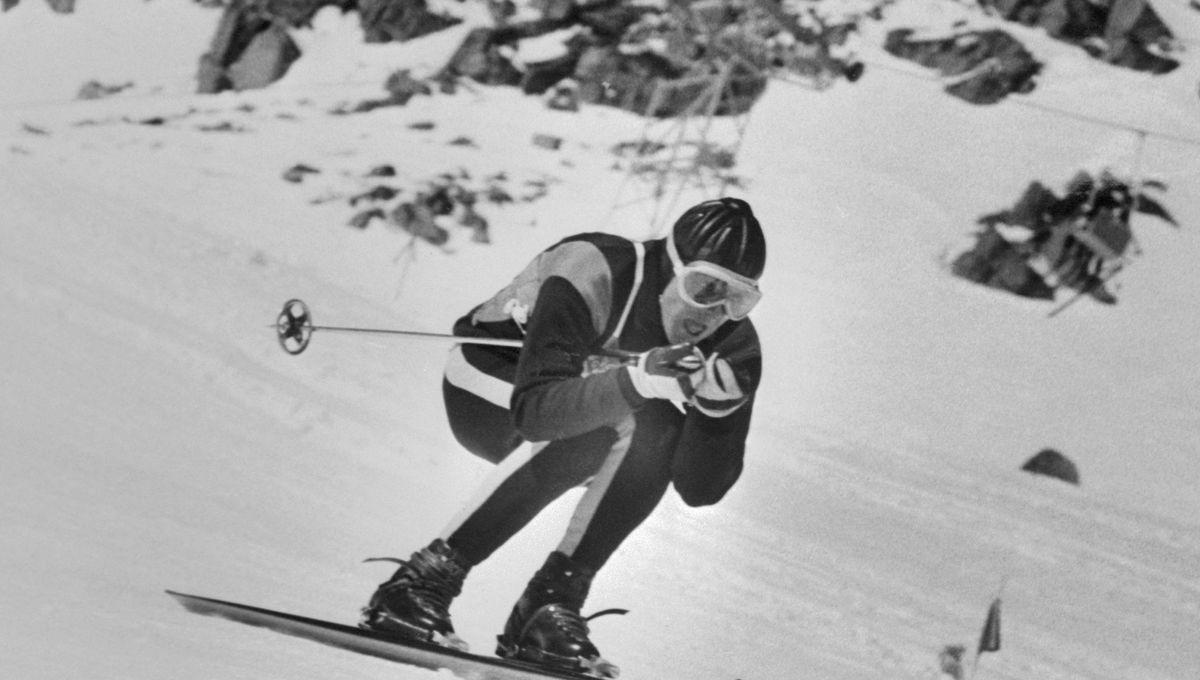
Once the war finished in 1945 the expansion of Morzine as a ski resort continued.
1960 saw a boom in the industry as local skier Jean Vuarnet won gold at the winter Olympics at Squaw Valley, and upon returning to Morzine a hero he drove the development of the ski area, and the creation of Avoriaz. The linking of these local ski towns created what we now know as the Portes Du Soleil ski area.
BACK TO THE FUTURE
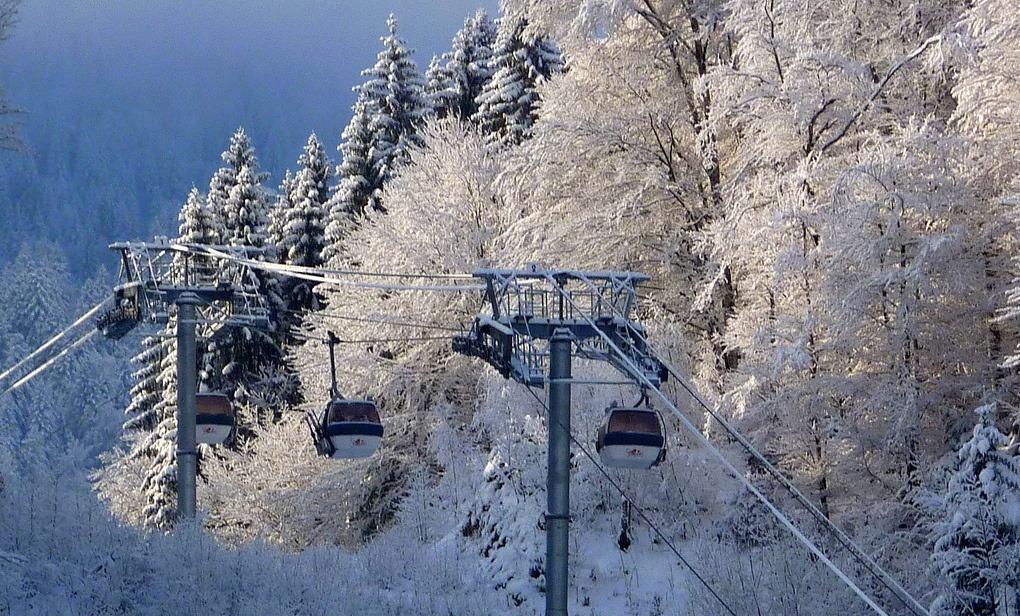
Now the Portes Du Soleil ski area boasts a massive 650km of ski runs, and around 200 ski lifts and is the second largest ski area in the world behind The Three Valleys. But it all began with the Pleney lift in Morzine town, and the events leading on from that first monasterial settlement in Saint-Jean-D’Aulps in the 11th century.

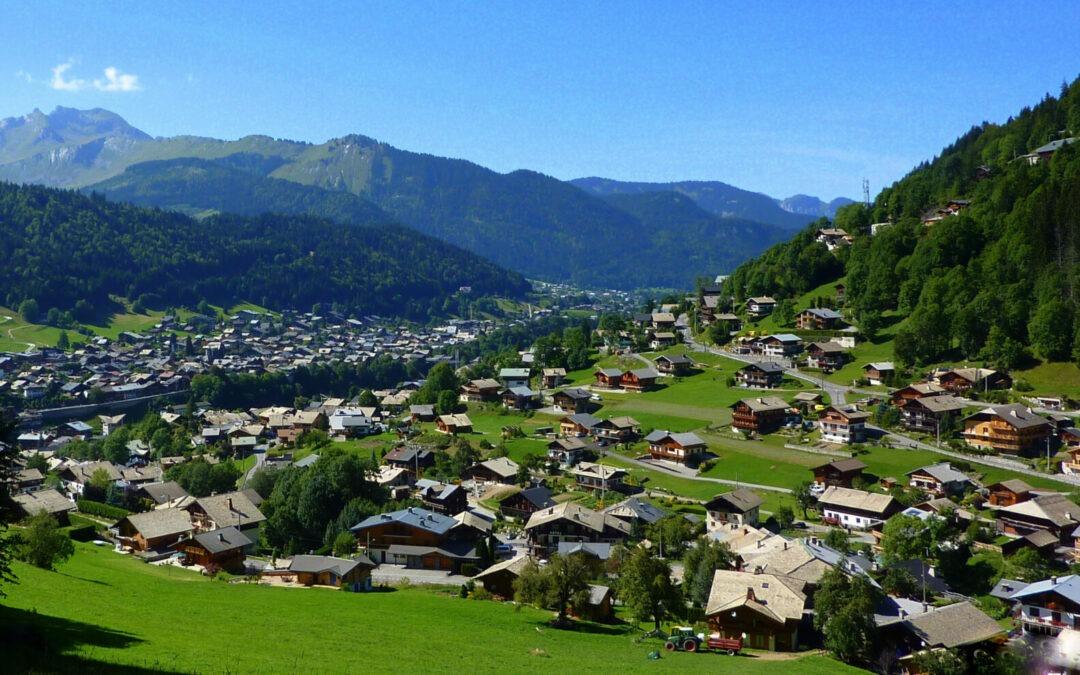
Recent Comments